HSC
To get your Higher School Certificate (HSC), you must complete at least 12 units of Preliminary courses and 10 units of HSC courses, including English. Most HSC courses are worth 2 units.
You need to satisfactorily complete the Preliminary course (usually in Year Il) before you can start the corresponding HSC course (usually in Year 12). There are two main types of HSC courses: Board Developed Courses and Board Endorsed Courses.
School students in New South Wales generally work towards the Higher School Certificate or HSC in years Il and 12. It is the highest level of attainment you can reach at school. Learn more about HSC courses, eligibility requirements and achievement pathways, including the HSC minimum standard. The HSC is a huge operation each year, and the NSW Education Standards Authority (NESA) oversees it. This section offers a snapshot Of what it involves as we cater to students with a diverse range Of abilities, backgrounds and goals.
How They’re Calculated?
The NSW Education Standards Authority (NESA) takes raw HSC marks and aligns them to performance bands to calculate HSC marks. UAC scales raw HSC marks and uses the scaled marks to calculate ATARs.
Important differences
Your HSC marks tell you how well you have performed in each of the different courses you have completed, but not how anyone else has performed in each course. They are reported against academic standards
Here’s a tip
Lots of students get HSC marks between 70 and 80, so their rankings are really spread out. Getting closer to 80 will make a big difference to your ATAR.
Choosing your compulsory English course. To satisfy the compulsory English aspect of the HSC, there are four English courses: English Advanced, English Standard, English Studies and English EAL/D.
Board Developed Courses cover:
- English
- Maths
- Science
- Technology
- Creative Arts
- PDHPE
- HSIE
- Languages
- Vocational Education and Training (VET) Curriculum Frameworks.

